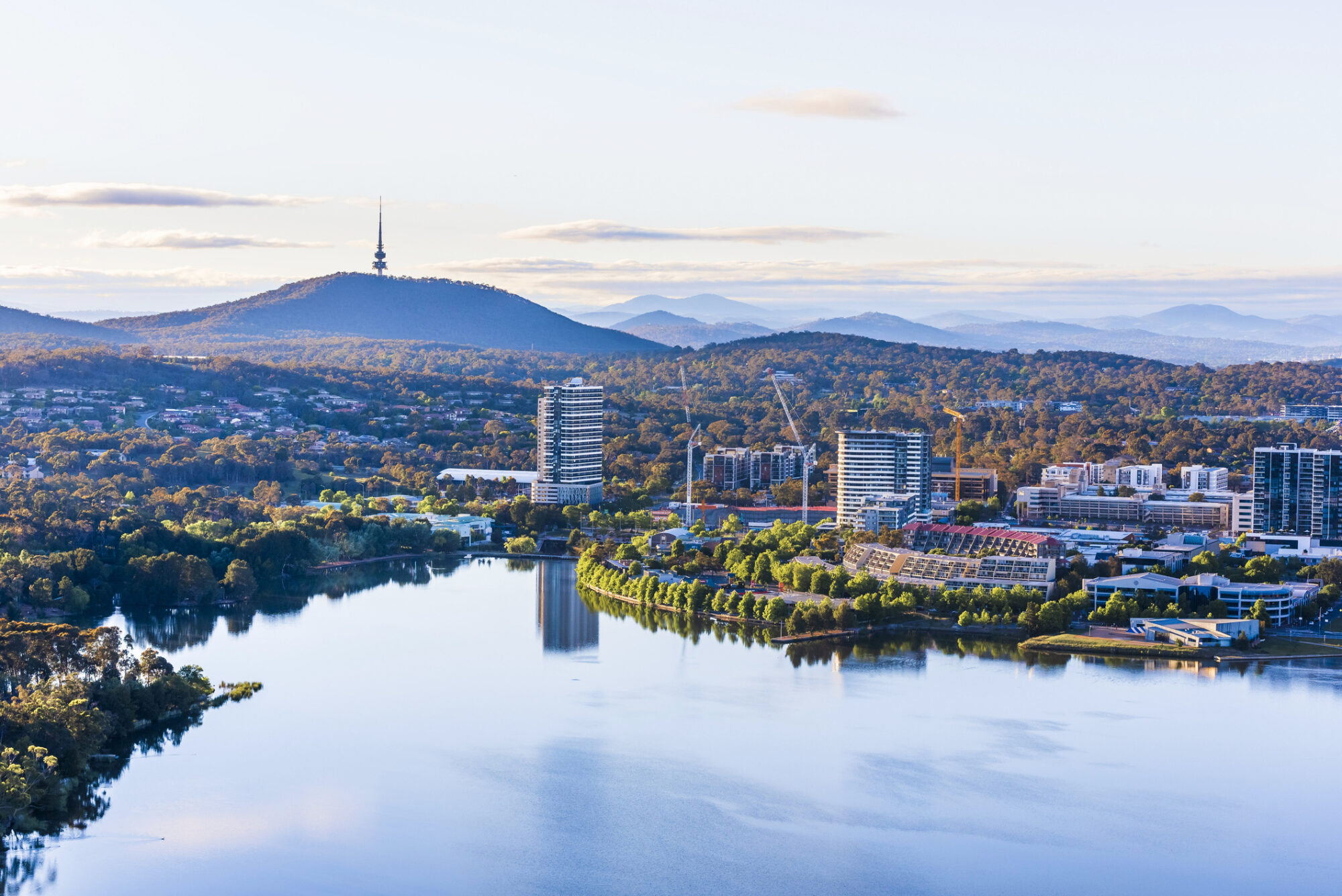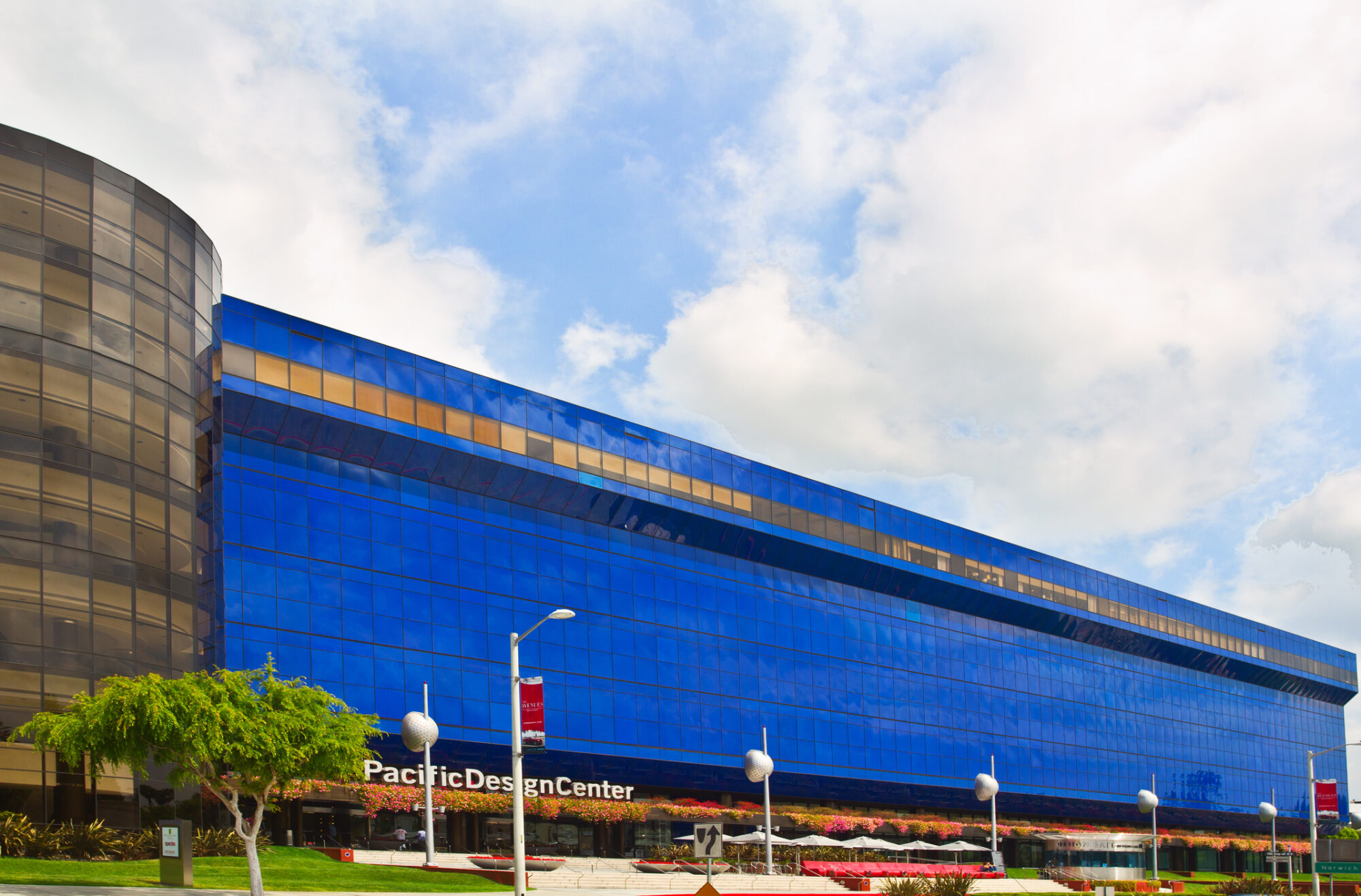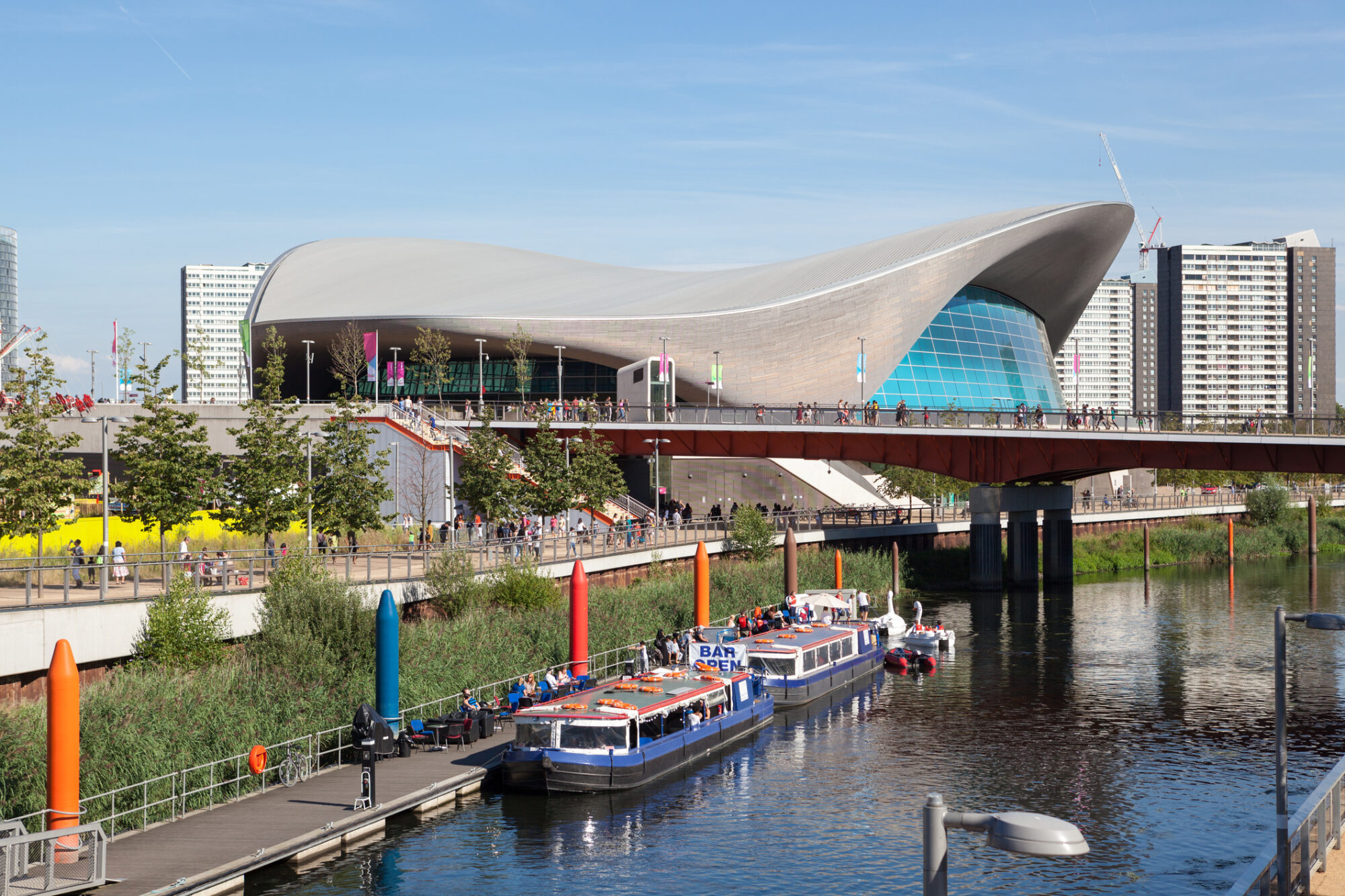Celebrating Women’s History Month: The Enduring Legacy of Women Architects in Design
As Women’s History Month unfolds, EAPC Architects Engineers (EAPC) honors the trailblazing women architects who have carved their paths in the male-dominated world of architecture and design. Their pioneering spirit, resilience, and innovation have not only opened doors for future generations of women in architecture but have also left an indelible mark on the landscape of global design. This article pays homage to a few of these remarkable women and their contributions to the world of architecture.
One of the first licensed female architects in the world, Marion Mahony Griffin (1871-1961) played a significant role in the development of the Prairie School of architecture, closely associated with Frank Lloyd Wright. Her work extended beyond architecture to include urban planning and landscape design. Together with her husband, Walter Burley Griffin, she was instrumental in designing the capital city of Australia, Canberra. Mahony Griffin’s contributions were often overshadowed by her male counterparts, but her drawings and designs remain a testament to her exceptional talent and vision.

The first woman to receive an architecture degree from the École des Beaux-Arts in Paris and the first woman architect licensed in California, Julia Morgan (1872-1957) remains one of the most prolific architects in history, with over 700 buildings to her name. Her most famous project, Hearst Castle, is a masterpiece that showcases her innovative use of space, light, and materials. Morgan’s work broke new ground for women in architecture, combining technical expertise with aesthetic sensibility.

Norma Merrick Sklarek (1926-2012) made history as the first African American woman to become a licensed architect in both New York (1954) and California (1962) and the first African American woman to be elected a Fellow of the American Institute of Architects (1980). Her remarkable career includes contributions to iconic projects such as the Pacific Design Center in Los Angeles and the Embassy of the United States in Tokyo. Sklarek’s legacy is not only her architectural work but also her role as a mentor and trailblazer for women and minorities in architecture.

Known as the “Queen of the Curve,” Dame Zaha Hadid (1950-2016) was a revolutionary force in contemporary architecture, becoming the first woman to win the prestigious Pritzker Architecture Prize in 2004. Her dynamic and innovative designs, such as the London Aquatics Centre for the 2012 Olympics and the Heydar Aliyev Center in Baku, Azerbaijan, have propelled architecture into new directions. Hadid’s work is characterized by its futuristic forms, expressing movement and fluidity, and her legacy continues to inspire architects around the world to push the boundaries of design.

Maya Lin (b. 1959) rose to prominence with her design for the Vietnam Veterans Memorial in Washington, D.C., a project she completed while still a Yale University undergraduate student. Lin’s work, characterized by its powerful simplicity and profound integration with the landscape, spans the fields of architecture, sculpture, and land art. She has continued to create memorials, buildings, and environmental artworks that invite reflection on the natural world, history, and time. Lin’s unique approach to design and her commitment to addressing social and environmental issues have cemented her status as a visionary in contemporary architecture.

These women architects, among many others, have made indelible marks on the fabric of American and global architecture. Their achievements have challenged traditional notions of design and presented new possibilities for innovation and creativity in the built environment. As we celebrate Women’s History Month, EAPC is inspired by the legacy of these pioneering women. Their resilience, creativity, and vision not only shaped the architectural landscape but also continue to inspire future generations to push the boundaries of what is possible in design and architecture.